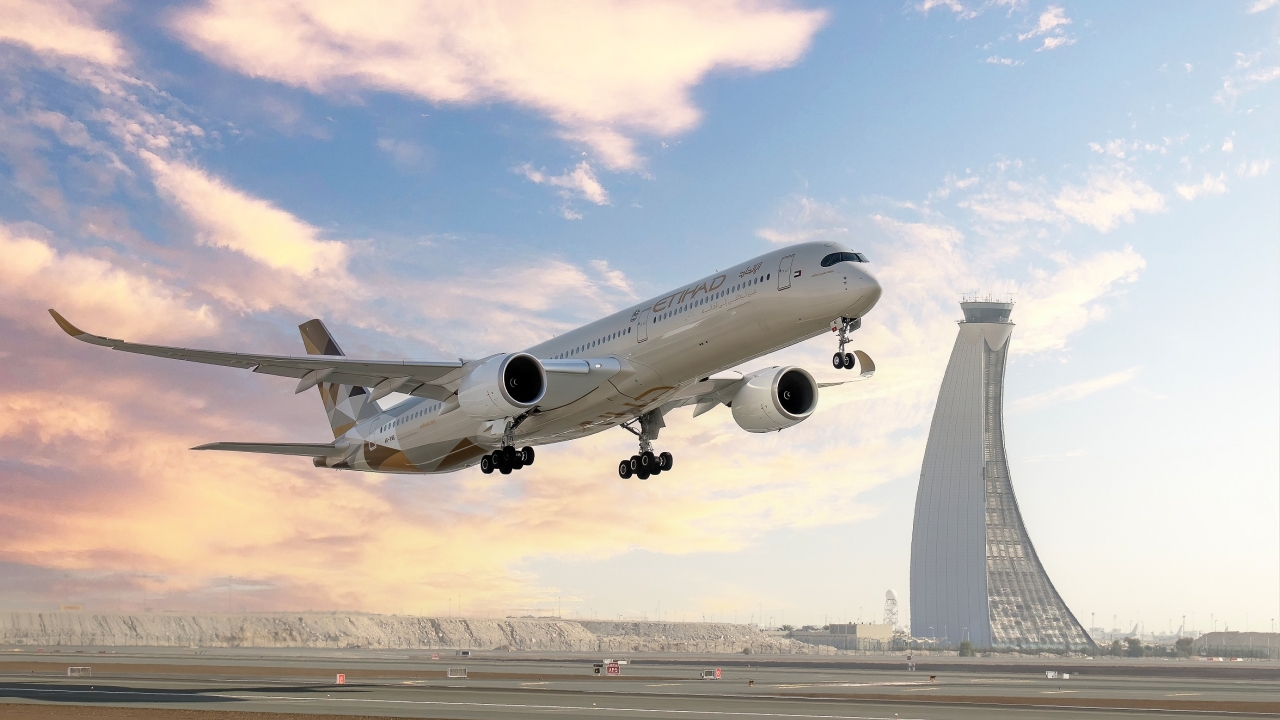Air Arabia builds a growing pyramid from its Egyptian hubs
Air Arabia has stepped up its Egyptian operations as Middle East low-cost carriers continue to grow. Alan Dron finds out more from airline CEO, Adel Ali.

Sharjah-based low-cost carrier (LCC) Air Arabia is now stationing four Airbus A320s at its Egyptian hub at Alexandria’s Borg El Arab Airport as it expands its operations. Growth across the carrier’s network is replicated at its Egyptian subsidiary.
“Our Egypt base continues to witness growth with our expanding operations,” said Air Arabia CEO, Adel Ali. “With both domestic air travel continuing to grow and international tourists seeking value-for-money travel experiences, we see strong demand for point-to-point destinations, especially from Alexandria to other popular touristic cities across the region.
“More specifically, eastern European holiday destinations are gaining interest among Levant travellers, which also contributes to an increase in passenger traffic.”
There are clear reasons for this continuing growth, said Ali: “Our policy has been to expand in underserved markets, and maximise operational efficiency.
“We look at destinations that are within 4-5 hours’ flying radius from our hubs. This strategy and product offering enable us to deliver more value to our passengers. We recently started a new route connecting Alexandria with Milan-Bergamo and, in June, we launched a direct flight connecting Sharm El Sheikh with Beirut. In addition, we began our first domestic route in Egypt connecting Alexandria with Sharm El Sheikh.”
As well as Milan Bergamo, Air Arabia serves five international destinations directly from Alexandria – Amman in Jordan; Dammam, Jeddah and Riyadh in Saudi Arabia; and Kuwait. The airline’s first domestic Egyptian route to Sharm El Sheikh will be joined by other Egyptian destinations and the portfolio of international sectors served from Alexandria will also grow, said Ali.
“We will continue this to expand our operation from our hubs in the UAE, Morocco and Egypt to add to our 150 routes that we currently serve. We will leverage the emerging travel trends and deliver even more value to our customers through affordable and quality experiences.”
Air Arabia’s fleet currently consists of 53 Airbus A320s and Ali said the company expected to add more aircraft this year to help handle the growth of its network.
Air Arabia’s growth is a reflection of the overall increase of low-cost and hybrid carriers in the Middle East in recent years. A previously held belief among local populations that low-cost was equated with poor quality has been completely overturned in the past decade, with carriers such as Flynas, Flyadeal, Jazeera Airways, Flydubai and SalamAir now providing competition for legacy carriers in the region.
Evidence suggests that the LCCs increase the overall size of the market by encouraging people who have not previously flown to take to the air and by allowing existing customers to fly more often.
The strength of the low-cost market in the Middle East is reflected in Air Arabia’s profit figures. Earlier this year, it announced a net profit of AED662 million ($180 million) for 2017, a 30% increase on the 2016 figure of AED509 million.
It achieved the higher profit figure despite its turnover being fractionally lower at AED3.7 billion.
It carried slightly more than 8.5 million passengers in 2017, with a load factor that remained steady at 79% over the preceding year.
The company reported consistent and sustained growth throughout 2017, a result of its network expansion strategy and cost control measures. Chairman, Abdullah Bin Mohammad Al Thani, noted that the results had been achieved despite political and economic challenges.
These have included the substantial rise in fuel prices over the past year, rising airport charges, currency fluctuations plus the region’s geopolitical tensions.
“We are extremely confident about the long-term fundamentals of the aviation sector in the region, which is driven by the underlying demand for air travel, major investments undertaken in the region, as well as the region’s hub position on the global map,” he said.
The company’s economic situation continued to improve in the first quarter of 2018, with yields seeing an upturn after having been under pressure for some time.
Stay up to date
Subscribe to the free Times Aerospace newsletter and receive the latest content every week. We'll never share your email address.

